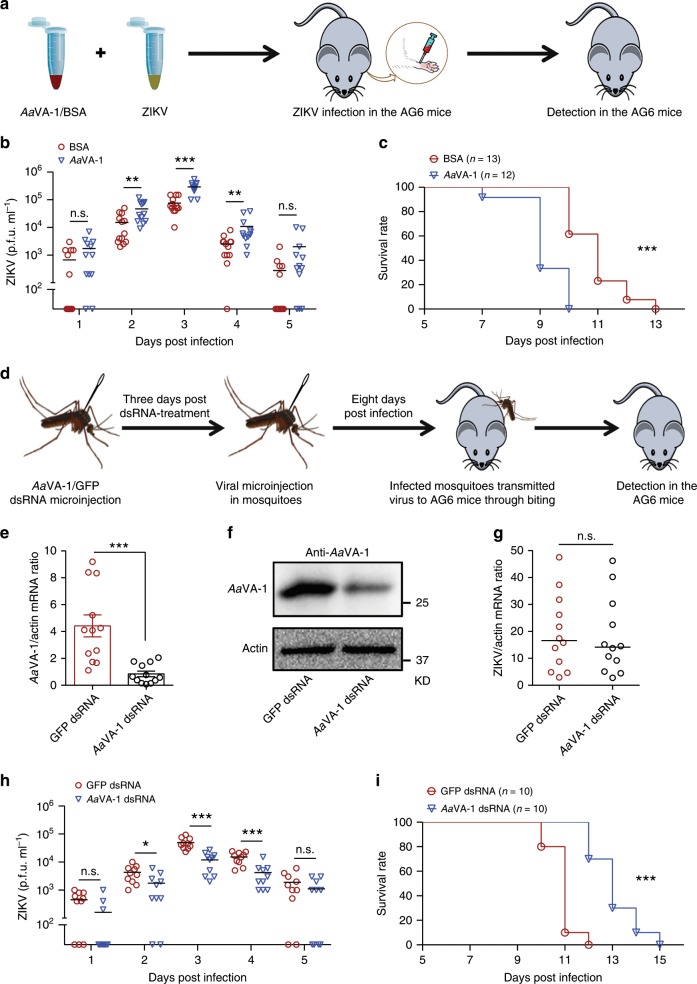Fig. 3. AaVA-1 promotes flaviviral transmission via biting by A. aegypti.
a–c Inoculation of purified AaVA-1 facilitated ZIKV infection in AG6 mice. a Schematic representation of the study design. Purified AaVA-1 (2 μg per mouse) with ZIKV (500 p.f.u.) was subcutaneously inoculated into the footpads of AG6 mice. The same amount of BSA with ZIKV served as mocks. b The ZIKV load in mouse plasma was detected using a plaque assay. c Animal mortality was recorded daily (n = 13 (BSA) or n = 12 (AaVA-1) mice per group). d–i Knockdown of AaVA-1 in A. aegypti impaired ZIKV transmission to the host. d Schematic representation of the study design. The AaVA-1 gene was silenced by dsRNA in A. aegypti. The mosquitoes inoculated with GFP dsRNA served as mocks. After 3 days, the dsRNA-treated mosquitoes were thoracically infected with ZIKV. After rearing 8 days, the infected mosquitoes bit AG6 mice. Mouse viremia and survival were recorded daily. e, f The AaVA-1 silencing efficiency in A. aegypti salivary glands was detected by qRT-PCR (e) and western blotting (f) at 11 days post gene silencing. e The data are presented as the mean ± SEM. f The experiments were repeated three times with the similar results. g The ZIKV burden was determined at 8 days postinfection. e, g Gene quantities were normalized against A. aegypti actin (AAEL011197). n = 12 mosquito salivary glands per group. h The ZIKV load in mouse plasma was detected using a plaque assay. i Animal mortality were recorded daily (n = 10 mice per group). b, e, g, h A nonparametric Mann–Whitney test was used for the statistical analysis. Each line represents the median value (g) or mean value (b, h) of the group. c, i Survival rates of the infected mice were statistically analysed using the log-rank (Mantel–Cox) test. *p < 0.05, **p < 0.01, ***p < 0.001, n.s., not significant (p ≥ 0.05). The data were combined based on three independent experiments (b, c) or 2 independent experiments (e, g, h, i). Source data are provided as a Source Data file.

